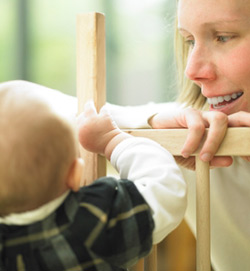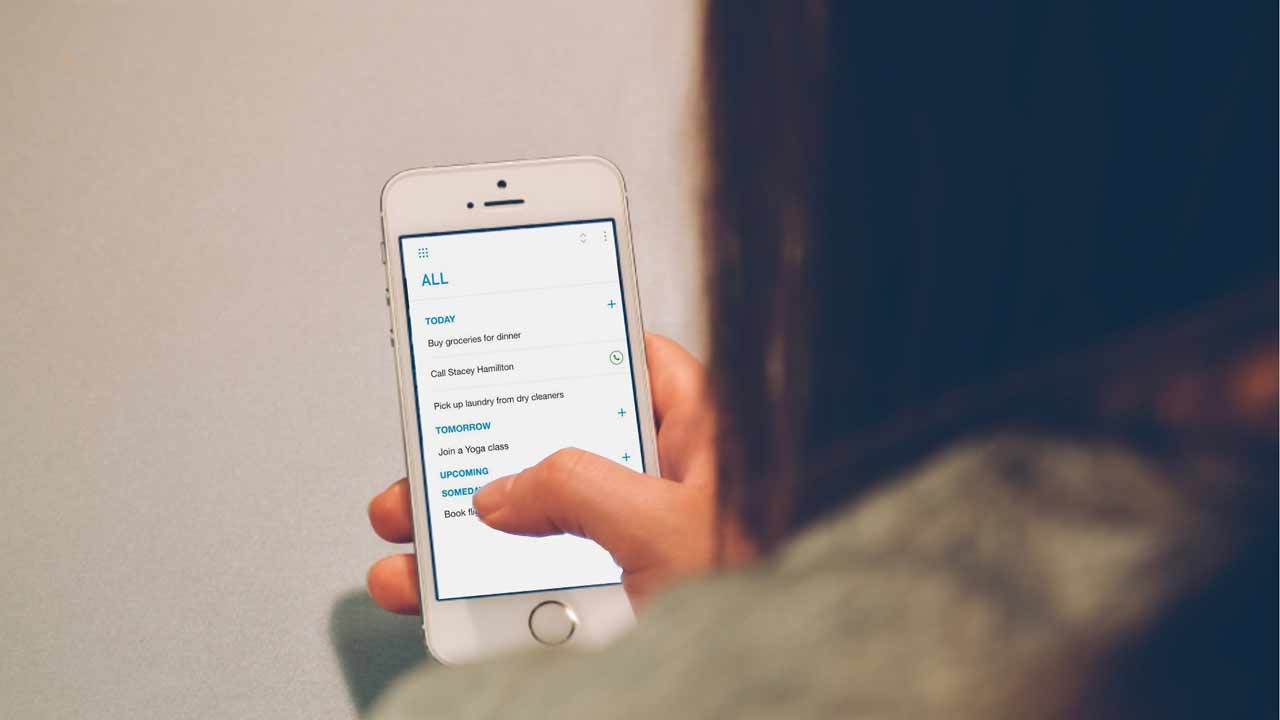Preparing the Non Toxic Nest for Baby

by Caroline Cox, Research Director for the Center for Environmental Health (CEH)
When a baby is on the way, your nesting instincts kick-in. Many parents find themselves taking on home improvement projects they’ve put off for months, or cleaning windowsills or baseboards that went unnoticed before the impending arrival of a new baby created an instinctual drive to get the house in order.
When getting babies’ room ready, the last thing you want is to introduce disease-causing chemicals that could impact your baby’s health. Yet many products contain hidden harmful chemicals that you might never expect would pose threats to your child’s development. The Center for Environmental Health (CEH) has resources and information to avoid health threats to your baby.
Making Room for Baby, the Safer Way
A few tips can mean the difference between a warm, safe space and a room of hidden health hazards.
- Pink, blue or toxic? Surveys show the number one project new parents undertake is painting the baby’s room. But not everyone knows that older buildings may have lead paint risks. If you live in an older home, it’s important to test for lead before doing major renovations that could expose old paint. Also, if you think the “new paint” smell might be toxic, you’re right. Harmful chemical vapors called VOCs have been linked to cancer, birth defects, and other serious illnesses. Fortunately most paint retailers now offer low- and no-VOC paints.
- Sleeping safe and sound: Flame retardant chemicals have been linked to cancer and serious health problems. Fortunately, most crib mattresses are made without these chemicals, but there are some inexpensive foam mattresses and pads that may still use chemical flame retardants. Also, some changing pads, bassinette pads, and other foam-filled baby items (including nursing pillows, strollers, high chairs, nap mats, and other foam-padded products) could contain these chemicals. The good news is most companies are now eliminating flame retardants – look for CEH’s lists of safer products made by these companies.
- Playtime should be safe time: When it comes to toys for babies and young children, parents today have one less concern than just a few years ago. Prior to 2008, CEH found that many toys and kids’ products could pose lead poisoning threats – but their work prompted Congress to ban lead in all children’s products, and follow-up testing showed the law is working. Still, when buying toys, CEH advises parents to avoid soft plastics, which could contain phthalates, chemicals that can disrupt the bodies’ natural hormones. Look for safer toys made from wood, cloth and other natural materials.
- Safe sipping: If you use plastic food containers, canned food, or other food plastics, you need to know about another hormone-altering chemical. Bisphenol A (BPA) is used in some plastics, including some used in food packaging. Labels that say “BPA-free” tell you when companies avoid the chemical, but unfortunately companies are not required to tell you what chemicals they used in place of BPA. To be safest, use glass baby bottles with silicone nipples, look for sippy cups made of glass or stainless steel, and avoid plastic food containers when possible.
About the author: Caroline Cox is Research Director for the Center for Environmental Health (CEH), the leading national nonprofit working to protect children and families from toxic health threats. She leads CEH’s research on toxic exposures, identifying, analyzing and substantiating the scientific bases for CEH’s groundbreaking work.




